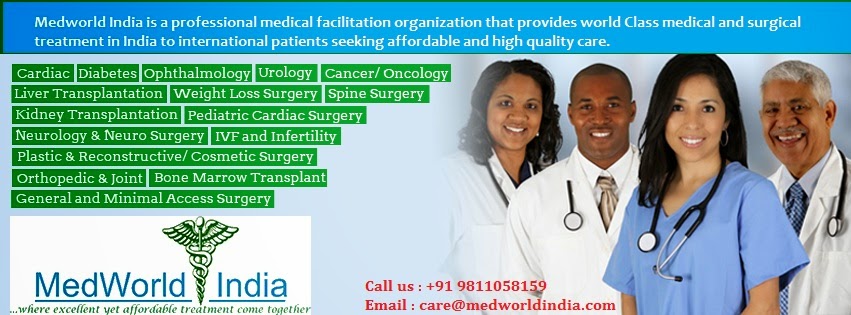.jpg) A new preventative treatment for heart attacks could cut repeat problems in victims and save lives, doctors believe. In heart operations, patients are usually fitted with a stent - a thin mesh tube - in the artery that triggered the heart attack to restore the blood flow, a treatment known as angioplasty.
A new preventative treatment for heart attacks could cut repeat problems in victims and save lives, doctors believe. In heart operations, patients are usually fitted with a stent - a thin mesh tube - in the artery that triggered the heart attack to restore the blood flow, a treatment known as angioplasty.It is common for other arteries to narrow in heart attack patients. Under the new technique, all narrowed arteries are opened with stents to prevent future problems. Medical guidelines recommend that specialists only treat the artery which is blocked.
The preventative technique found that patients with stents placed in all narrowed arteries were 64% less likely to die, suffer another serious heart attack or have severe angina over the next two years. The trial involved 465 patients in four specialist heart units between 2008 and this year.
Currently, following a heart attack, patients undergo an emergency operation called an angioplasty. During this procedure a stent is inserted into the blocked artery to restore normal blood. However, around half the patients also have significant narrowings in other arteries which could cause another heart attack in the future. The trial showed some of the most striking results for a treatment that I have ever seen. The results of this trial really challenge clinical practice.
Heart specialists want a larger study to further test the new treatment. The trial shows very clearly that patients have a much better outcome if these other narrowed arteries are stented at the same time as the one that triggered the attack. This strategy is also much more cost effective for the health service.
Advanced Interventional Cardiology Procedures for Heart Diseases
Stents - Approximately 70% of angioplasty procedures also involve stenting, which is the insertion of a small metal cylinder called a stent into a blood vessel. In this procedure, a collapsed stent is placed over the balloon at the tip of the catheter. When the balloon inflates, the stent pops open and reinforces the artery walls. The balloon and catheter are then withdrawn and the stent inside permanently. In a few weeks, tissue from the artery lining grows over the stent.There are two types of stents. Bare-metal stents are plain, untreated metal cylinders. Drug-eluting stents (also called drug-coated stents) are coated with medication before they are placed in the artery.
Balloon Angioplasty - Balloon Angioplasty is a procedure in which a narrowed heart valve is stretched open in a way that does not require open heart surgery.It is a procedure in which a thin tube (catheter) that has a small deflated balloon at the tip is inserted through the skin in the groin area into a blood vessel, and then is threaded up to the opening of the narrowed heart valve. The balloon is inflated, which stretches the valve open. This procedure cures many valve obstructions. It is also called balloon enlargement of a narrowed heart valve.
| |
Rotablation (Percutaneous Transluminal Rotational Atherectomy or PTRA) - A special catheter, with an acorn-shaped, diamond-coated tip, is guided to the point of narrowing in the coronary artery. The tip spins around at a high speed and grinds away the plaque on the arterial walls. This process is repeated as needed to treat the blockage and improve blood flow. The microscopic particles are washed safely away in your blood stream and filtered out by your liver and spleen.
| |
Drug-Eluting Stents - A drug-eluting stent (DES) is a coronary stent (a scaffold) placed into narrowed, diseased coronary artery. It slowly releases a drug to block cell proliferation. This prevents fibrosis that, together with clots (thrombus), could otherwise block the stented artery, a process called restenosis. The stent is usually placed within the coronary artery by an Interventional cardiologist during an angioplasty procedure.
MedWorld India Affiliated Best Heart Hospitals in India offer: - The ultimate destination for international patients who want World Best, Affordable Heart Surgery
|
Please scan and email your medical reports to us at care@medworldindia.com and we shall get you a Free Medical Opinion from India’s Best Doctors.
Call Us : +91-9811058159
Mail Us : care@medworldindia.com

.jpg)
.jpg)
